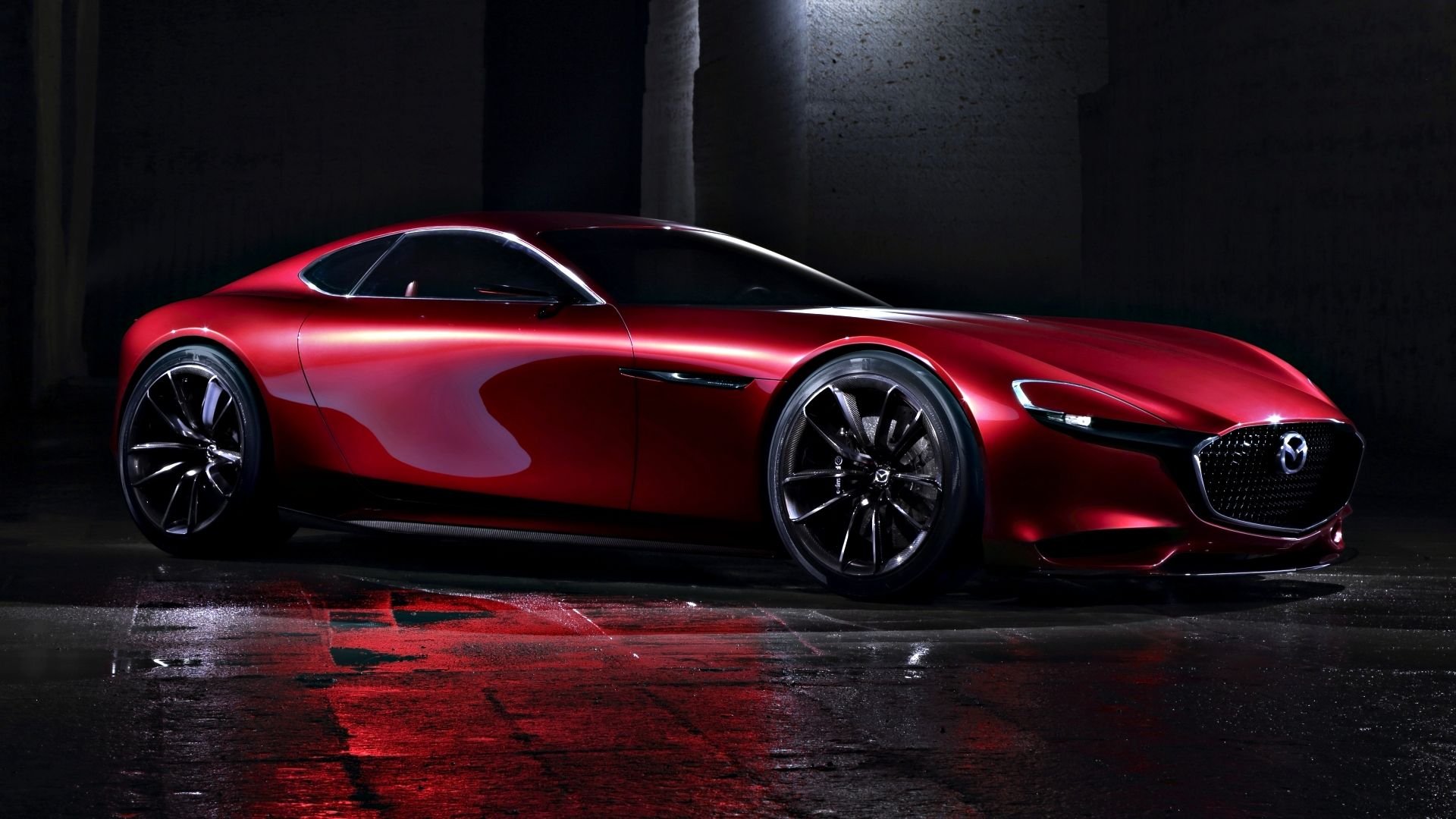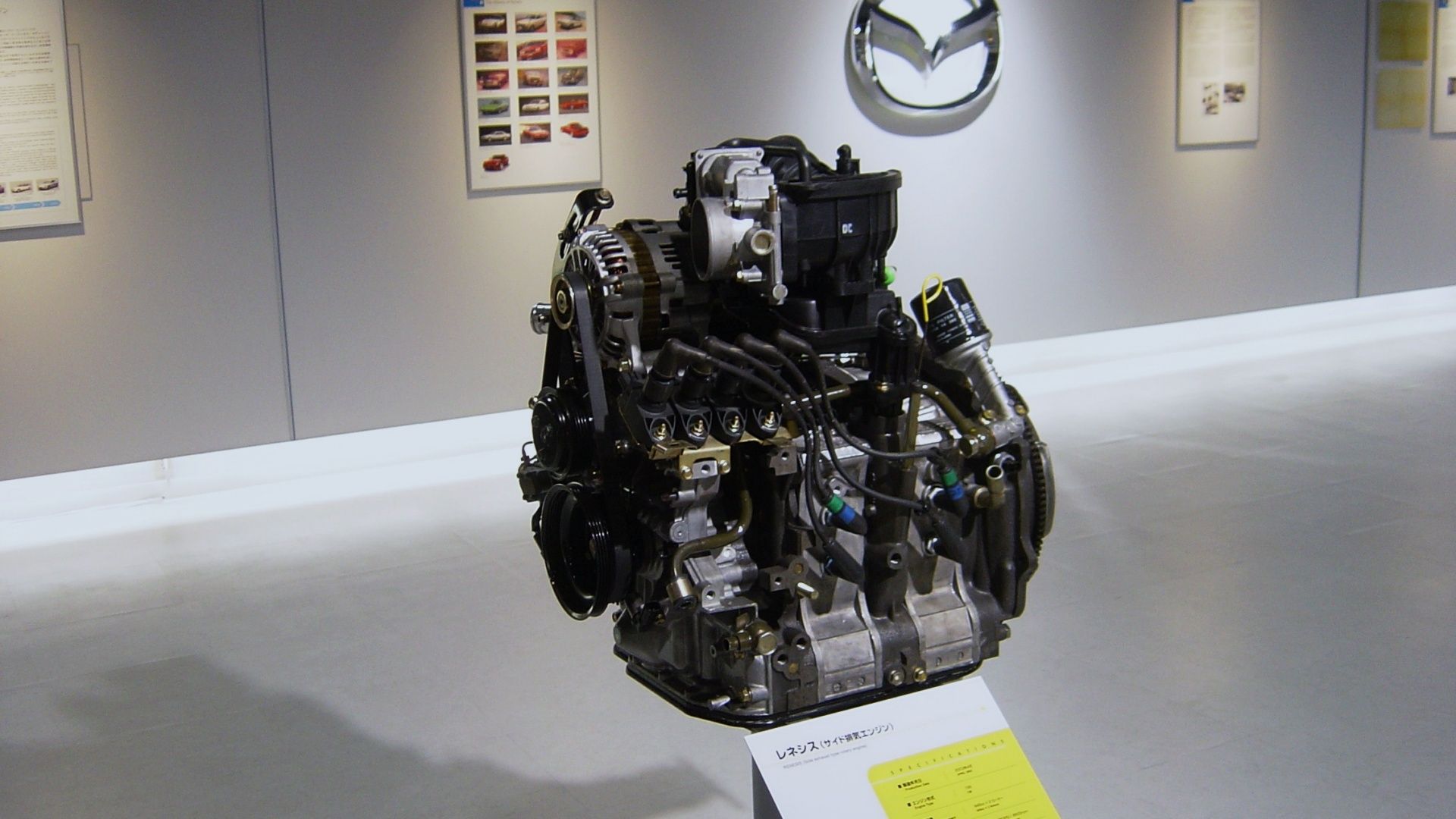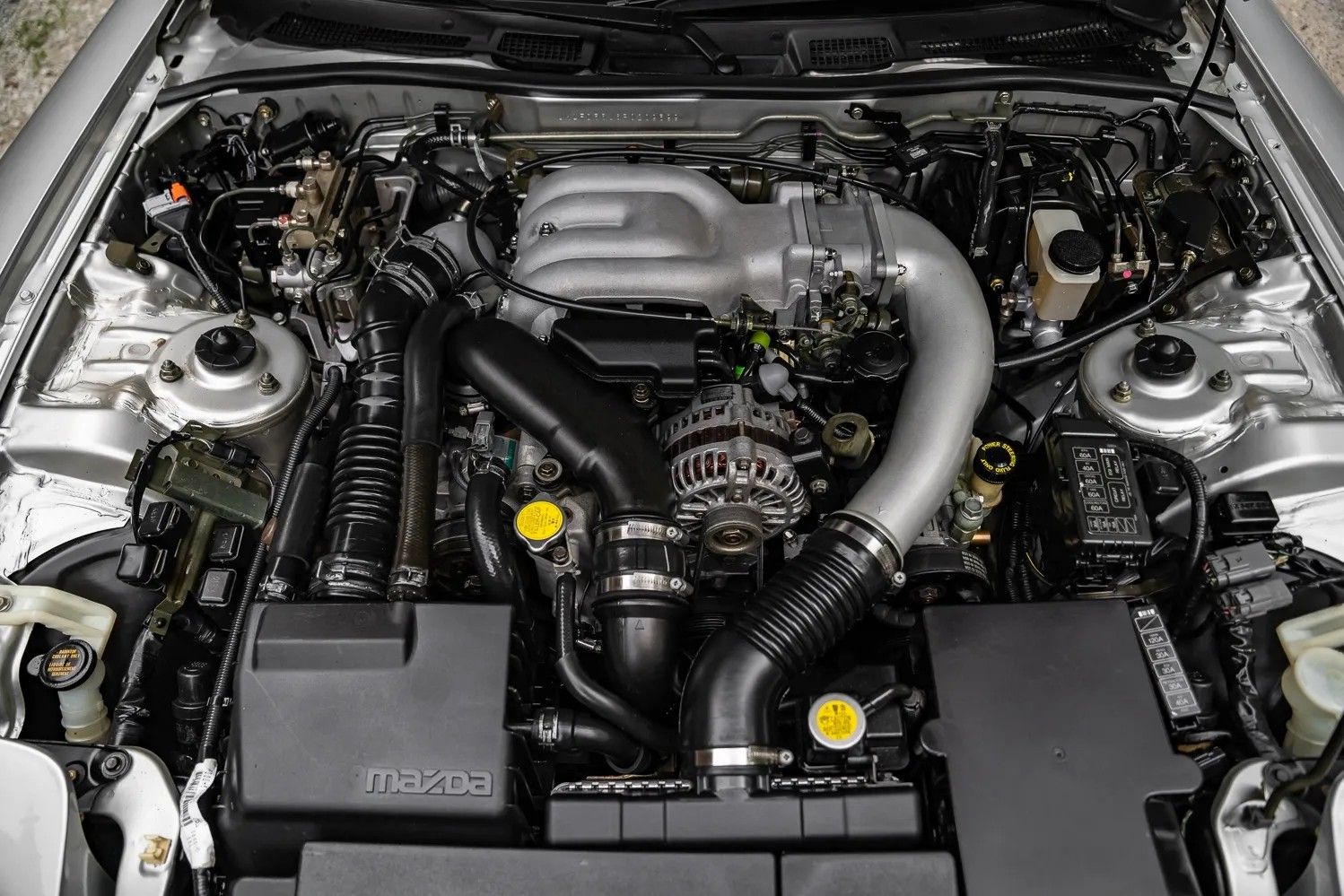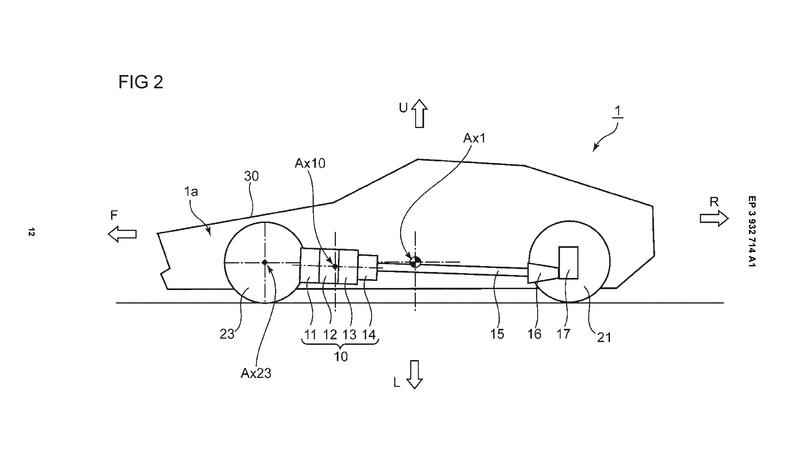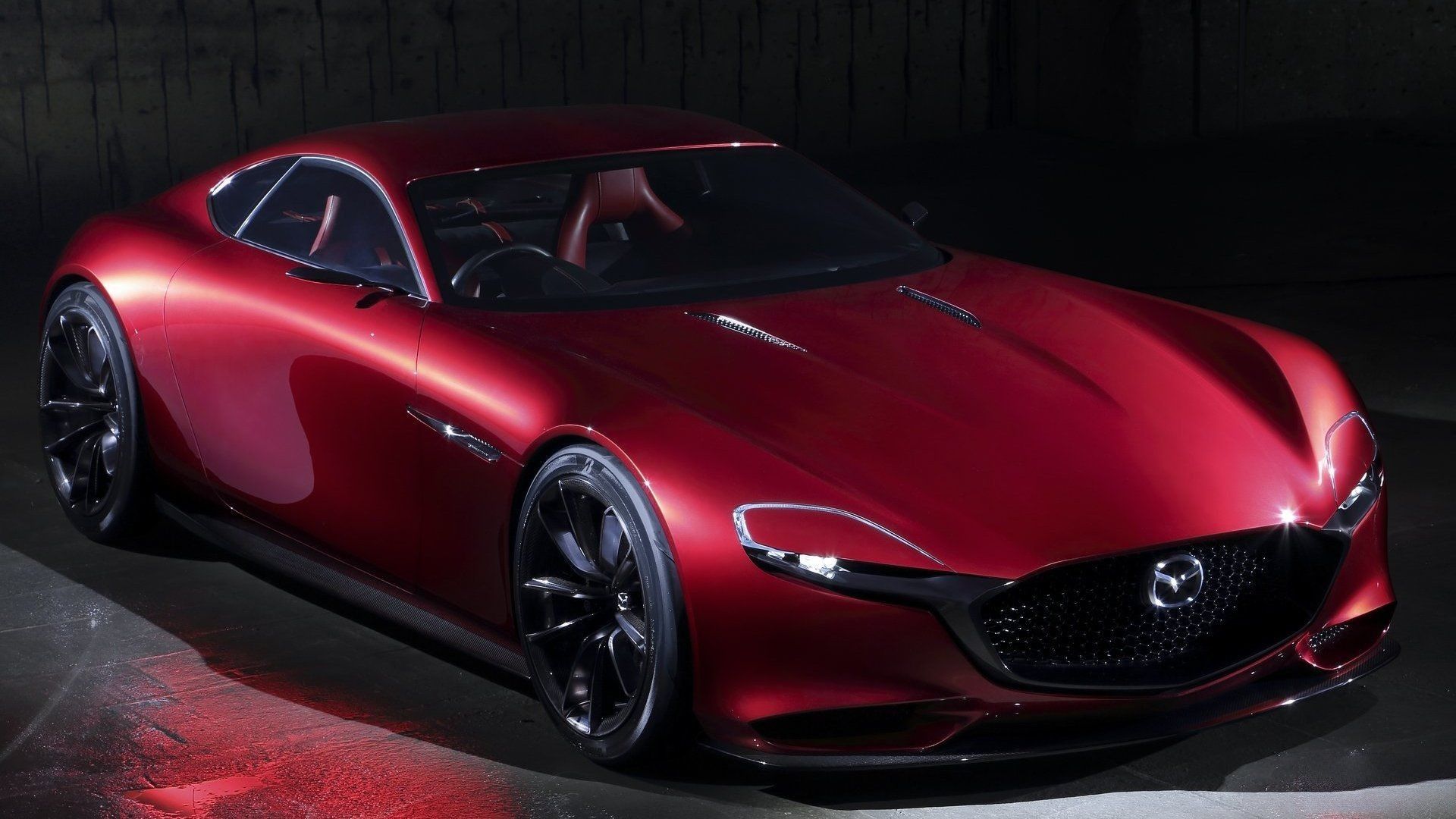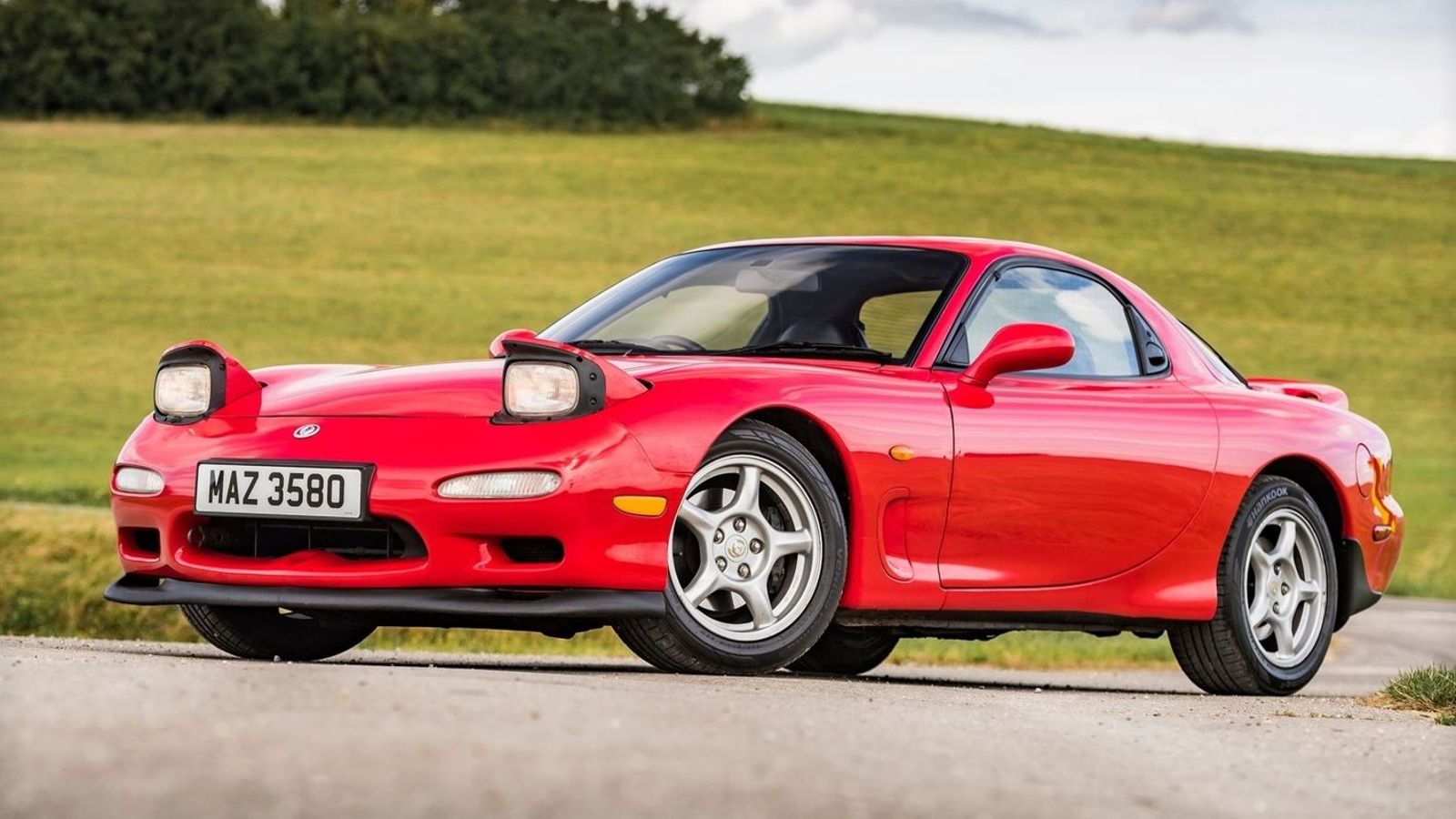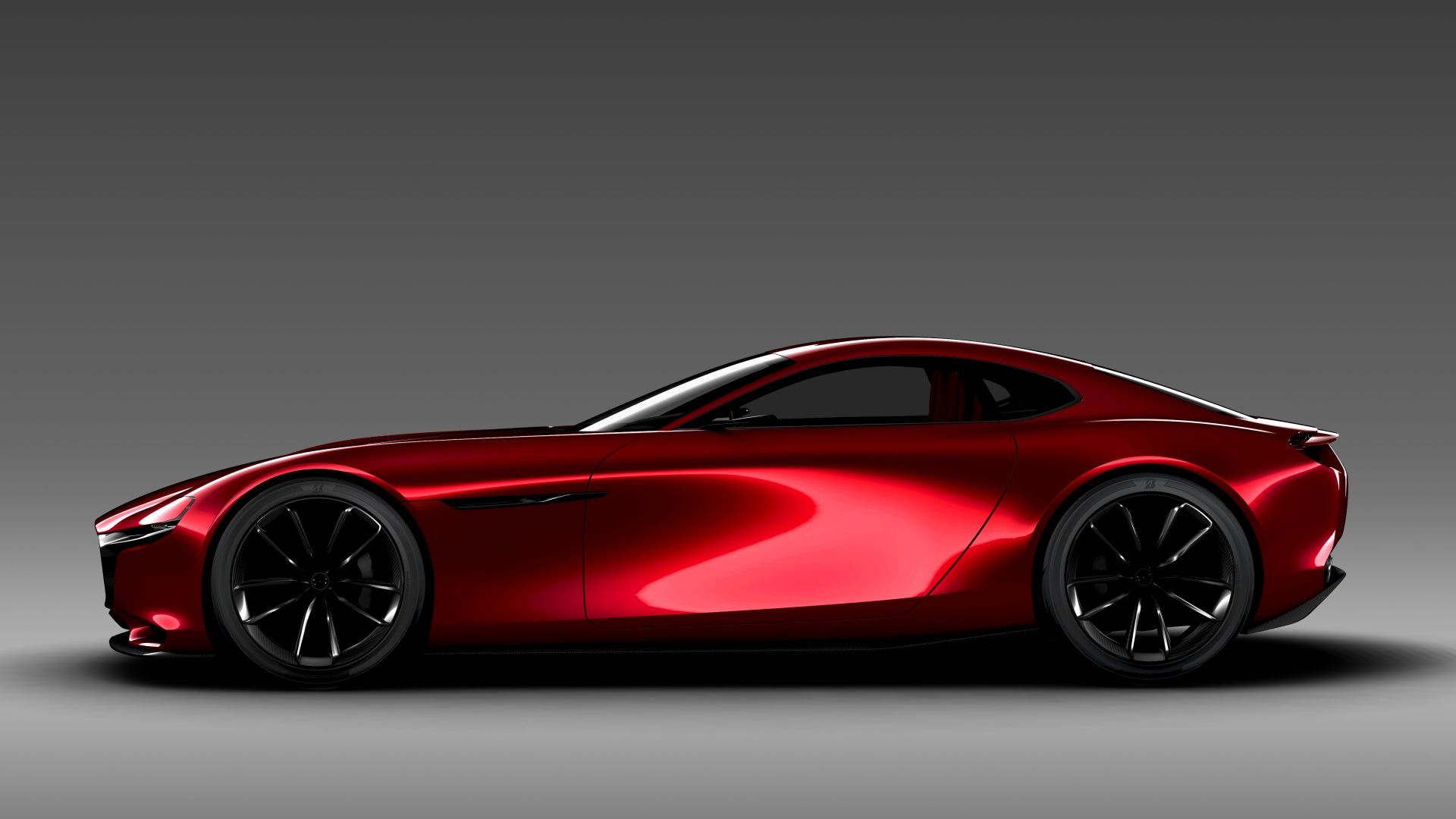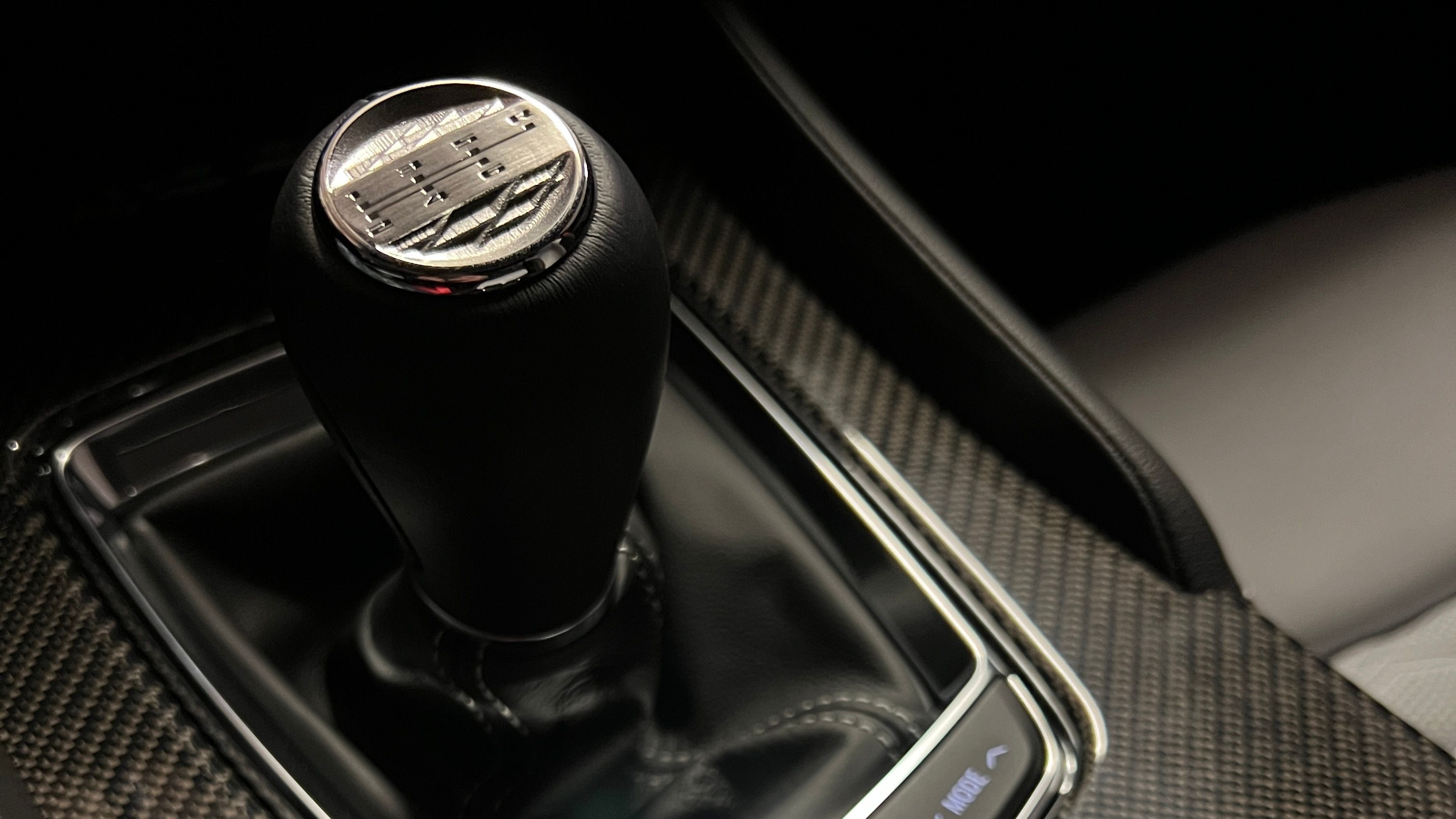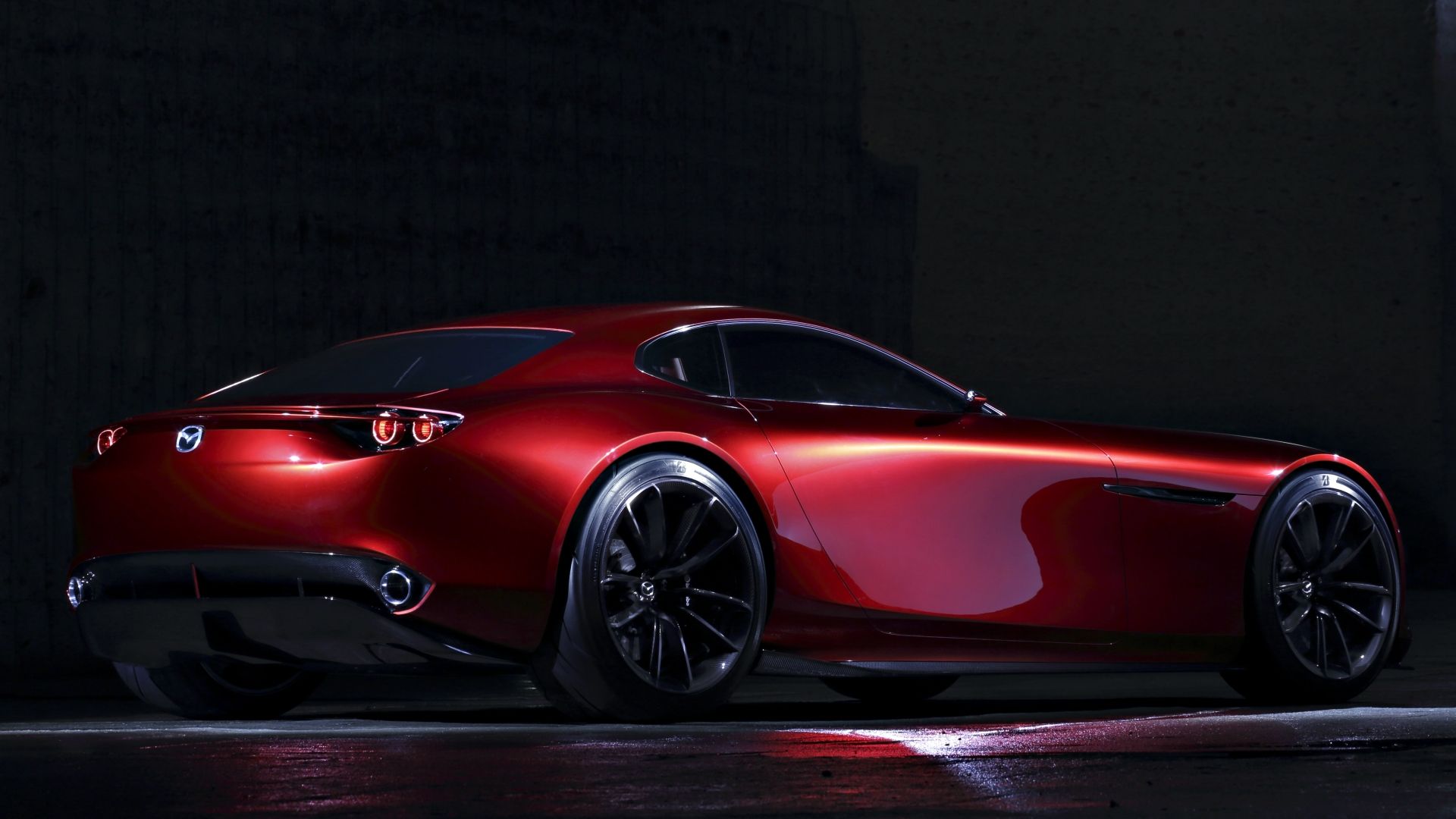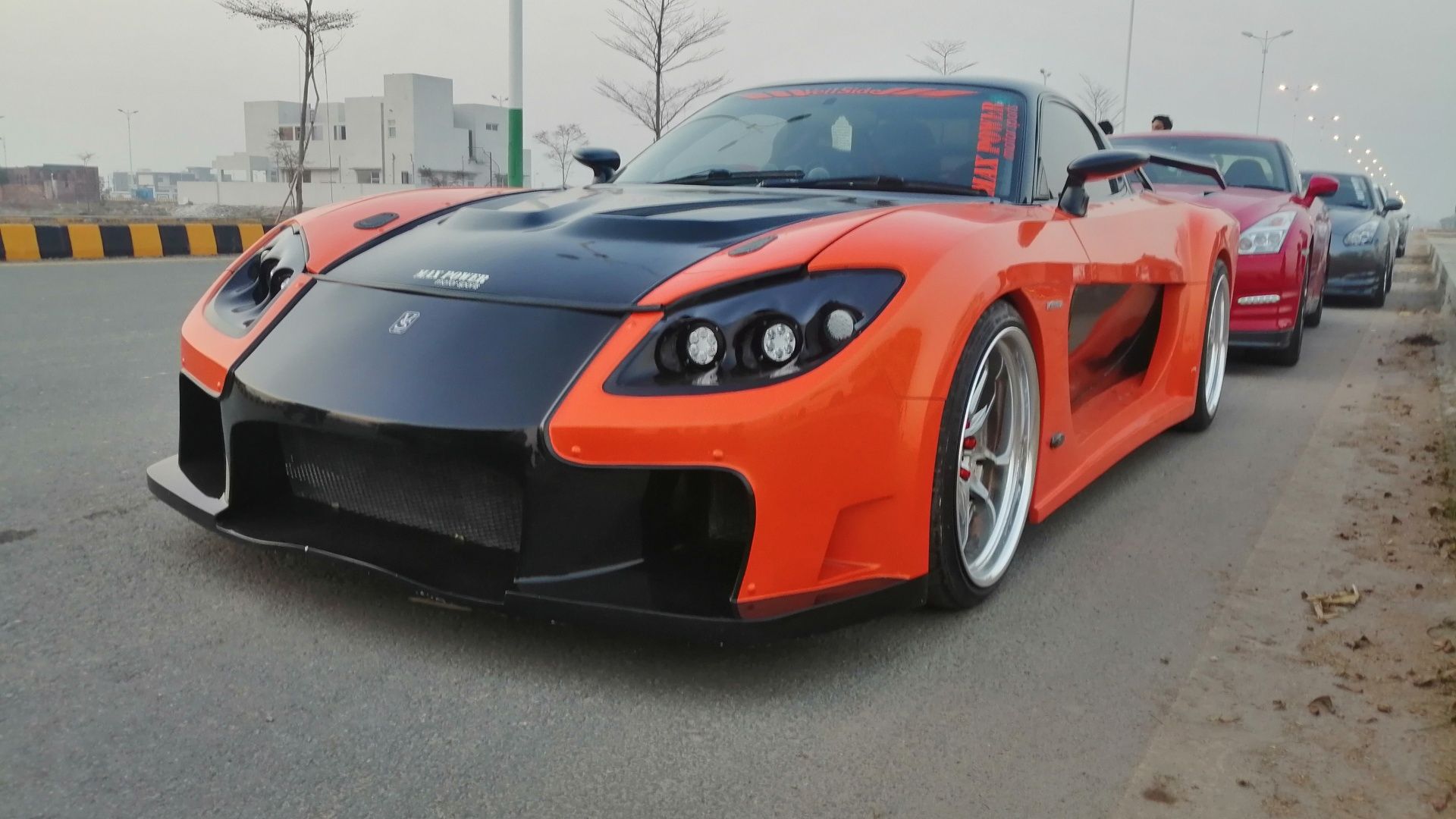Mazda’s new rotary sports car has been a hot topic over the last two years. While the recent shift in priorities prompted Mazda to focus on SUVs instead of sleek performance sedans and sports cars, the latest patents indicate that a rotary Mazda sports car is, indeed, in development. Mazda has been wanting to give us a proper successor to the iconic FD RX-7 for a long time, since the RX-8 never quite managed to fill in the “shoes” of its predecessor. The egg-shaped, rotary coupe struggled to keep a fine line between an attainable sports car and a practical long-distance driver, which it never quite managed, leaving the RX-7 as Mazda’s last true JDM icon.
The Mazda RX Vision was first showcased back in 2015, and it clearly invokes the lines of the Mazda RX-7 FD. If the design of the two-door concept car is anything to go by, Mazda is clearly looking to replicate the successful performance recipe of the FD in a modern format. With that said, here are 10 things the new rotary sports car from Mazda will need to have in order to be, both, a proper successor to the RX-7 and stay competitive against the competition.
10 A Reliable Engine
The latest patents suggest the new rotary Mazda will feature a tri-rotor engine. This, together with the delay of the project, would suggest that Mazda engineers have figured out a way to make the rotary more reliable as well as more compliant with the ever-stringent emissions regulations – something previous performance applications of the engine were notoriously bad at.
We know the three-rotor unit is based on the single-rotor generator that’s providing juice for the MX-30 P-HEV’s batteries, but Mazda will have, no doubt, strengthened the construction to reliably handle a lot more power. With that said, Mazda hasn’t ruled out the use of a turbocharged inline-six engine, in which case, we are talking about the new 3.3-liter, turbocharged inline-six, put to use in Mazda’s large SUVs. In the CX-90 SUV, that engine produces 340 horsepower and 369 pound-feet (500 Nm).
9 Forced Induction
Mazda is no stranger to forced induction and while the RX-8 came with a naturally-aspirated twin-rotary unit, the RX-7 relied on two sequential turbochargers to make more power. Granted, the setup was very complex, prompting many owners to switch to other setups, but it made getting extra power much easier. Currently, there are no indications of turbocharging being present on the three-rotor engine, which means forced induction may have been substituted by electric motors – the patent files show three of them.
The RX-7 is a true JDM icon, which automatically makes it a tuner car as well. Fans will be looking for that in the new, RX-9 sports car, which is why turbocharging is an important aspect. Mazda is tight-lipped about many aspects surrounding the new rotary sports car, which will debut sometime later in 2023.
8 Electrification Is Inevitable
Mazda’s patent is filed under the name “hybrid vehicle that uses a rotary engine for driving”, which means, like it or not, the next flagship sports car from Mazda will be a Plug-in hybrid. This will be Mazda’s first hybrid sports car. It will come with two electric motors at the front axle (one for each front wheel), which combined make 46 horsepower (34 kilowatts), and a third electric motor between the engine and transmission, making 36 horsepower (25 kilowatts).
Initially, target figures were rumored to be in the 350 to 400 horsepower range, but Australian publication, Carsguide.au.com claims Mazda is shooting for around 370 kilowatts or 500 horsepower. Most of it, of course, will come from the newly-developed, tri-rotary engine.
7 It Needs To Be Lightweight
Modern cars are stuffed with technology and safety, which is why they are much heavier than their predecessors. Back in the 1990s, when Japanese carmakers were at their best, and gave us the most iconic JDM sports cars, the Mazda RX-7 stood out, not just because of its rotary engine. While cars like the GT-R, Supra, and Mitsubishi GTO relied on hi-tech wizardry and computer-controlled everything, the Mazda FD RX-7 relied on being lightweight and perfectly balanced.
Some versions of the FD RX-7 featured a curb weight of just 2,685 pounds (1,218 kg), and never more than 2,954 pounds (1,340 kg). PHEV architecture means it’s almost impossible for the new model to achieve those weight figures, but engineers should still strife towards the 3,300-pound (1,500 kg) mark, which is in the neighborhood of the Nissan Z and GR Supra.
6 Classic Design
The beauty of the RX-7 was its classic and minimalist design. The classic proportions of a front-engine, rear-wheel-drive sports coupe, combined with an uncluttered design and round, clean surfaces are the reason the FD RX-7 has aged so well, even more than 30 years after its debut. Mazda’s Kodo design perfectly reinterprets that design in the 2015 Mazda RX Vision, which is the precursor to the production RX-9.
If the concept model is anything to go by, the upcoming Mazda RX-9 will be, arguably, the most beautiful Japanese sports car in recent times. The exaggerated long nose and short rear deck may be toned down in the production version, but hopefully, it won’t be the same case as the Toyota GR Supra and its much-more-attractive FT-1 concept.
5 Competitive Pricing
The market for 1990s JDM cars is insane, with rare or clean examples of certain Japanese sports cars going for six figures. Remember when the orange Toyota Supra from Fast and Furious was still more attainable than the Ferrari F355? Good times. The Mazda RX-7 FD hasn’t appreciated as much as the GT-R and Supra, but a good one will still set you back as much as a 2024 Ford Mustang or Nissan Z.
With that in mind, Mazda’s upcoming rotary sports car needs to be priced accordingly. As we don’t have an official horsepower figure – reports indicate numbers from 350 to 500 – we don’t know which performance segment the car will belong to. Given the newly-developed tri-rotary engine and hybrid powertrain, we expect the price of the RX-9 to be in the neighborhood of the GR Supra 3.0.
4 A Proper Transmission
The Mazda RX-9 is geared to be a proper successor to the FD RX-7. To this day, the 1990s JDM legend is regarded as one of the most engaging sports cars to have come from the land of the rising sun. A big credit for that goes to its five-speed manual transmission. As with almost all Japanese performance cars from that era, there was also the option of a sluggish, four-speed automatic with a torque converter.
At this point in time, there are no details about what transmission will be featured in Mazda’s future sports car. At this point in time, Mazda’s new, eight-speed automatic is the most logical option as it is the brand’s latest and most performance-oriented setup. With the recurring trend of manual transmissions in sports cars, we hope Mazda joins the fray and provides a third pedal and H-pattern shifter.
3 The Option Of Rear-Wheel Drive
We already know the Mazda RX-9 will feature a hybrid powertrain with two of the three electric motors providing power to the front wheels. Since the rotary engine along with the third electric motor will power the rear axle, this automatically means the new Mazda sports car will come with all-wheel-drive capabilities. While this will, no doubt, give the RX-9 advantage off the line and on corner exits, it is a sharp deviation from Mazda’s previous flagship sports cars, which were rear-wheel-drive only.
With that said, the hybrid powertrain will provide a degree of flexibility, partially due to the different drive modes that will be available. The Normal, Eco, and Sport settings are pretty standard, but we hope Mazda engineers “install” a special mode, which allows you to drive only the rear wheels.
2 Aftermarket Support
We have no doubt that the Mazda RX-9 will become the next big thing from Japan. Keeping the JDM fandom in mind, eventually, we’ll see a lot of aftermarket support for the new “rotary rocket” with various manufacturers coming up with specially-designed kits. However, Mazda can take a page out of Ford and GM’s book and provide factory performance parts for its high-performance models.
That way, the RX-9 can benefit from factory performance mods in the same way the Ford Mustang and Chevy Camaro do, which would help make Mazda’s sports car a lot more competitive in the North American market. It’s a shame Japanese carmakers aren’t doing more of that.
1 Enough Space For A V-8
This one is meant to be a bit of a joke, but there will certainly be a few folks out there who wouldn’t resist swapping a Chevrolet V-8 under the hood. This is a relatively common mod among RX-7 owners in North America, who don’t want to deal with the trials and tribulations of keeping the rotary engine running.
Swapping out the perfectly-balanced rotary unit for a big, American, pushrod V-8 is a very divisive subject that deserves its own time. In any case, Mazda might consider making the engine bay a bit more spacious in case someone wants to make their RX-9 a bit more… their own. If the production car keeps the proportions of the RX Vision concept, you could retain the car’s front-mid-engine setup.

